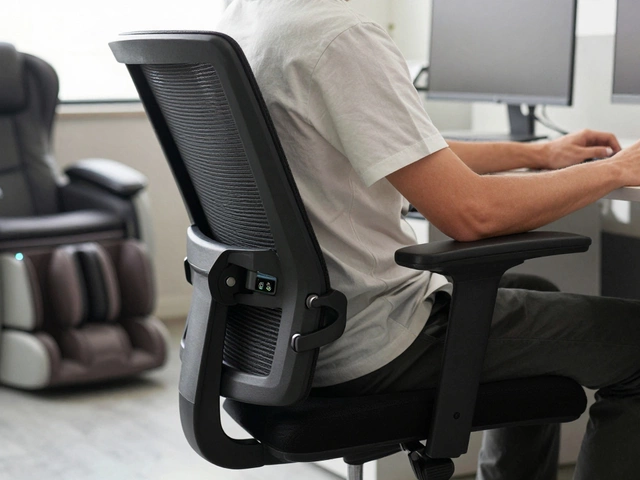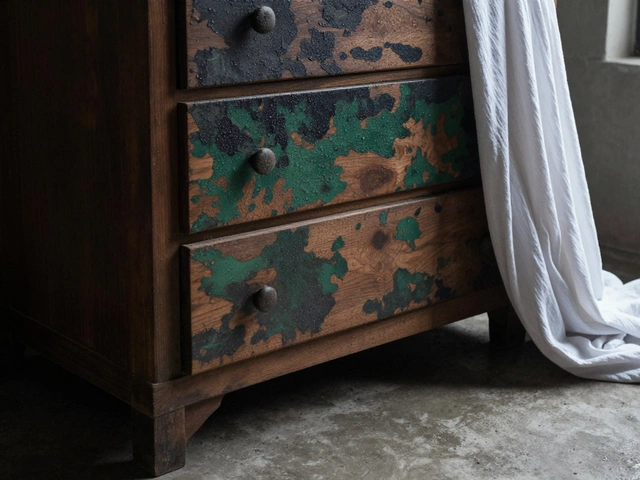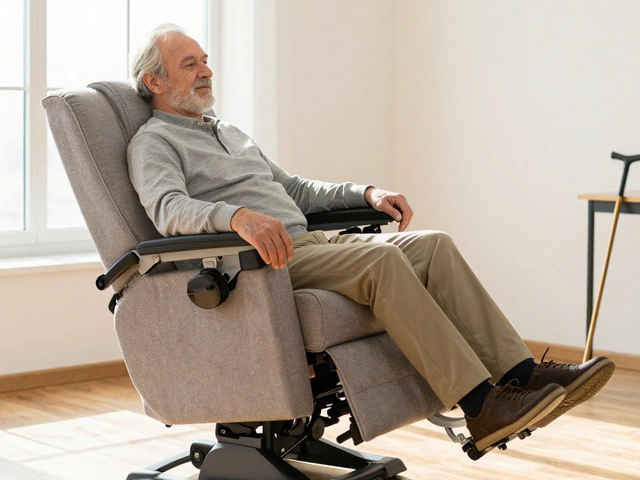Comfortable Sofas: Your Guide to Choosing the Perfect Seat
When you sink into a sofa after a long day, you want it to feel like a hug. But comfort isn’t just about soft cushions – it’s a mix of support, shape, and durability. This guide breaks down exactly what to look for so you can bring home a sofa that feels great now and stays comfy for years.
What Makes a Sofa Truly Comfortable
First, check the frame. A sturdy hardwood or metal frame keeps the sofa from sagging, which is the main reason many sofas lose their bounce. Look for terms like "kiln‑dried hardwood" or "reinforced steel" in the product details. If the frame is weak, even the plushest cushions will flatten fast.
Next, focus on the cushions. High‑resilience (HR) foam, pocket springs, or a combination of both give a balanced feel – firm enough to support your back, soft enough to relax. Some brands use a top layer of feather or down for extra plushness, but make sure it’s wrapped in a breathable cover; otherwise, it can get lumpy.
Upholstery matters, too. Natural fibers like linen or cotton let air flow, keeping you cool in summer. Leather feels cool at first and warms up with your body. If you have pets or kids, a performance fabric that resists stains and scratches can keep the sofa looking fresh without sacrificing comfort.
Tips for Picking a Comfortable Sofa
1. Sit and test. If you can, spend a few minutes sitting, lying down, and shifting positions. Your body will tell you if the seat depth and back height match your needs. If you’re shopping online, read the size chart carefully and compare it to your existing chairs.
2. Check the seat depth. A deeper seat is great for lounging, but if you’re short, you might need a shallower option to keep your feet on the floor. Aim for a depth that lets you sit back with your knees at a 90‑degree angle.
3. Mind the armrests. Armrests should be at a comfortable height – typically around 20‑24 inches from the floor. If you like to rest your arms while watching TV, a slightly higher armrest can reduce shoulder strain.
4. Think about placement. Measure your room and plan the layout before you buy. A common mistake is choosing a sofa that overwhelms the space, making it feel cramped. Use a tape measure or a simple online planner to visualize the sofa against your walls.
5. Read reviews. Articles like "Sofas That Don’t Sag" and "Are Sofa Beds Comfortable?" give real‑world insights on durability and comfort. Look for recurring comments about sagging or firmness; they’re good clues about long‑term performance.
6. Consider a warranty. A solid warranty (at least five years on the frame and two years on cushions) shows the brand stands behind its product. It also protects your investment if anything goes wrong.
Finally, match the sofa style to your décor. A sleek, low‑profile sofa works well in modern rooms, while a plush, over‑stuffed piece fits a traditional setting. Comfort and style don’t have to compete – the right construction lets you enjoy both.
Pick a sofa that feels like it was made for you, test it if you can, and check the details that keep it comfy over time. With these tips, you’ll be able to choose a comfortable sofa that makes every evening feel like a mini‑vacation.
Best Sofa Brands for Quality and Comfort in 2025
Explore the best quality sofa brands of 2025 with real facts, practical tips, and expert comparisons to help you choose the perfect couch for your living space.
Who Makes the Most Comfortable Sofas?
Finding the most comfortable sofa can be a game-changer for your living room. People care about different things like support, coziness, and design, so knowing your needs is key. This article explores top brands and what makes their sofas cozy, offering tips on material choices and design features that truly make a difference. Dive into the world of sofas to discover what suits your style and ensures maximum comfort.






